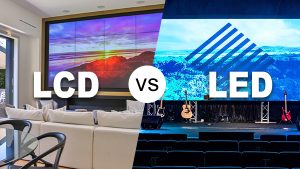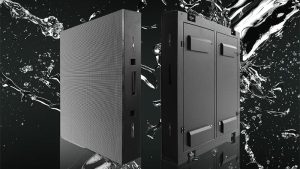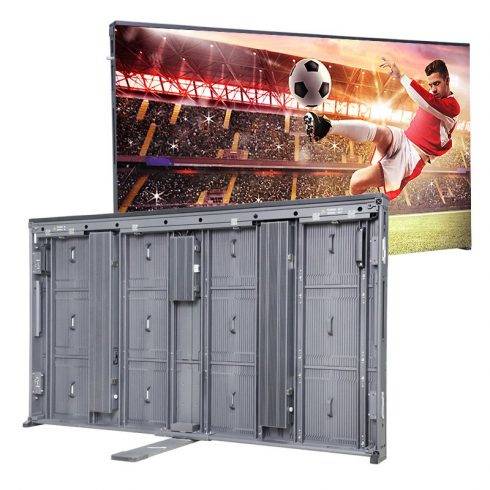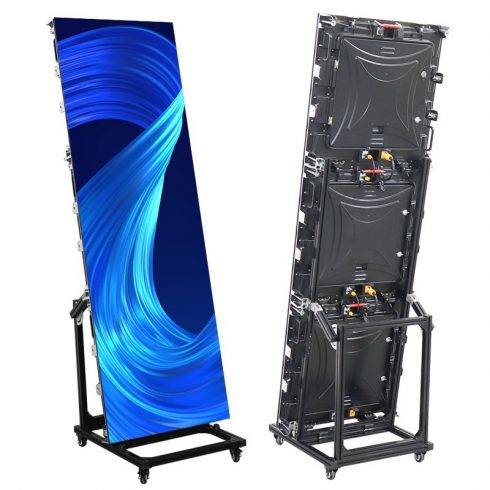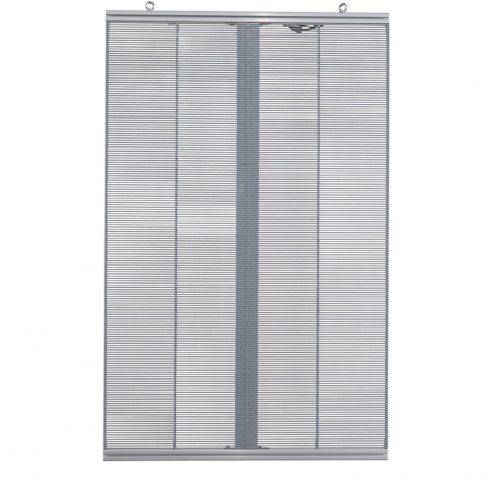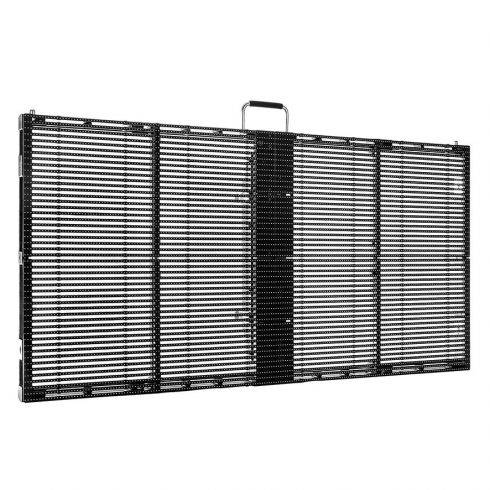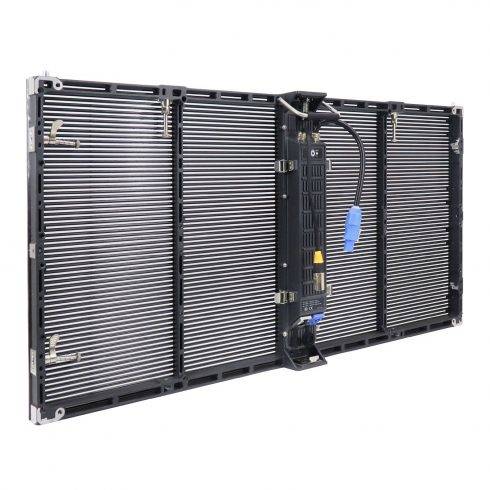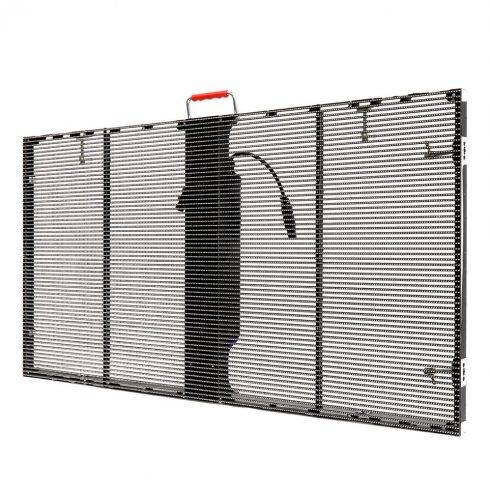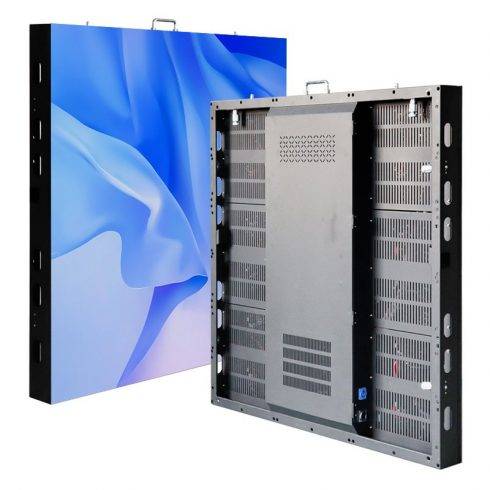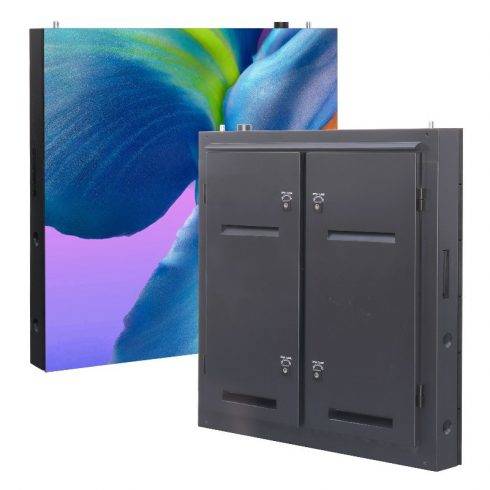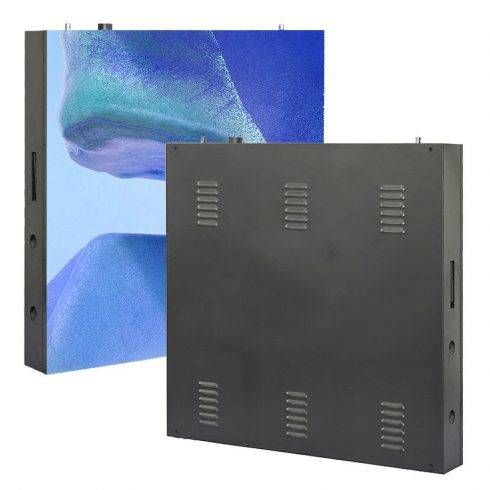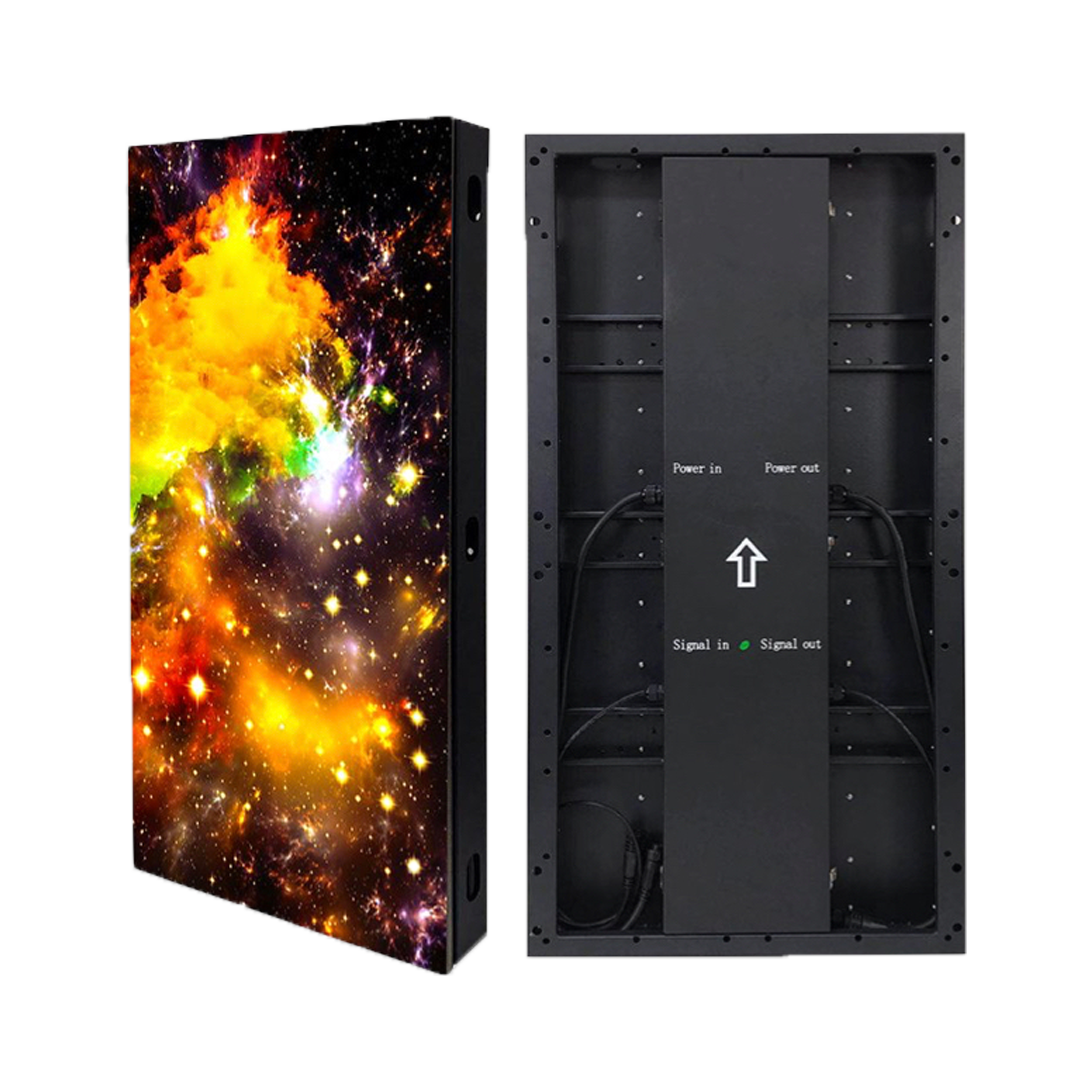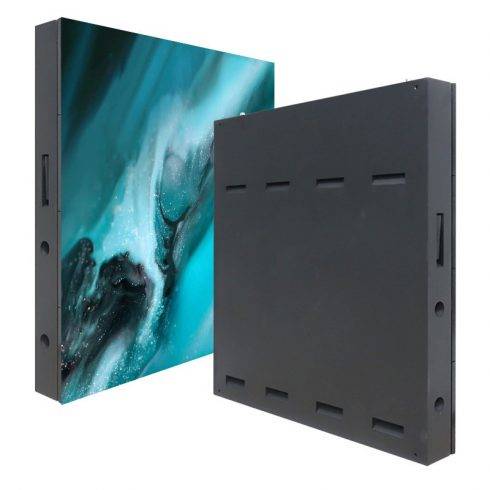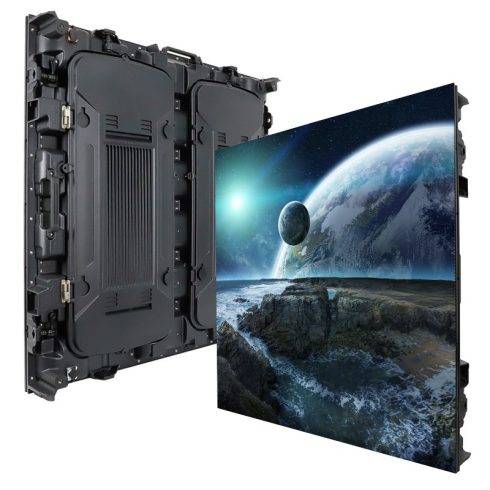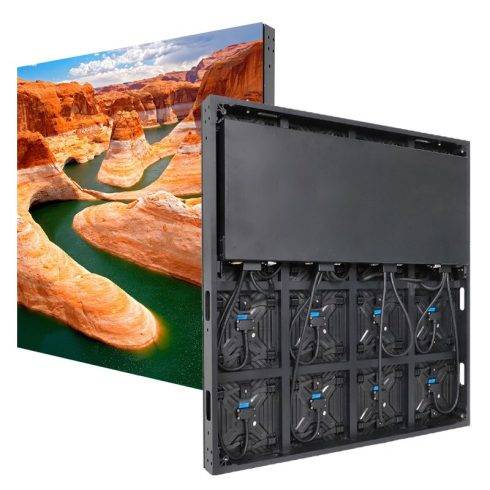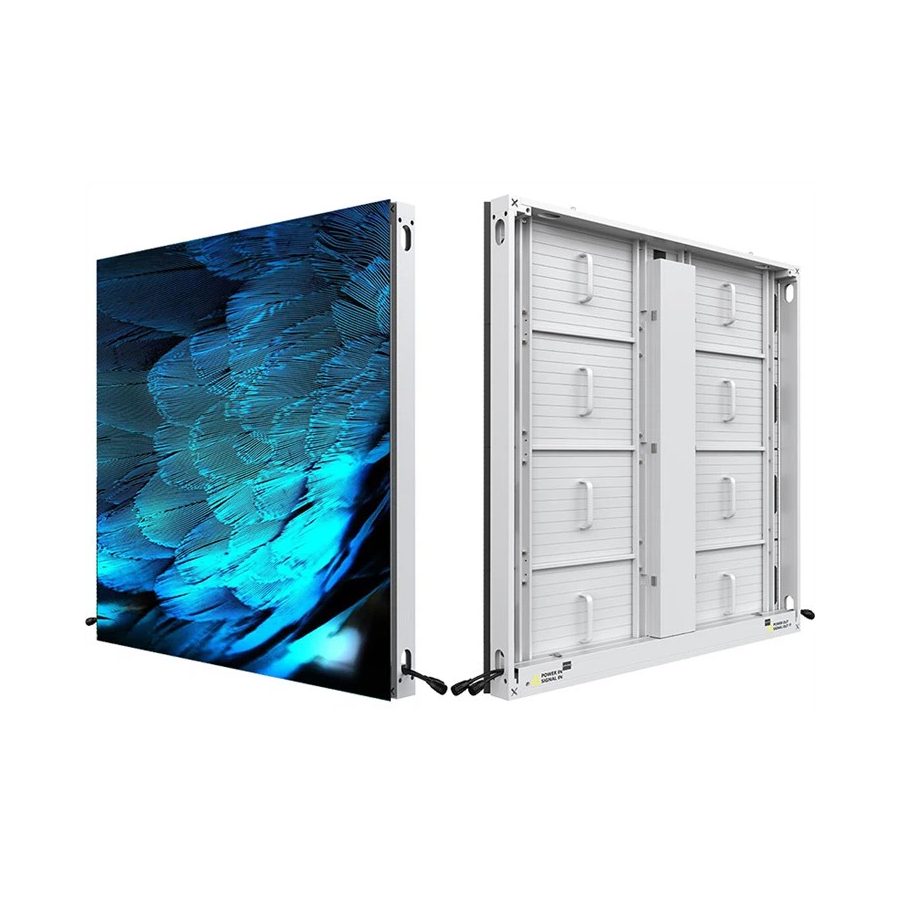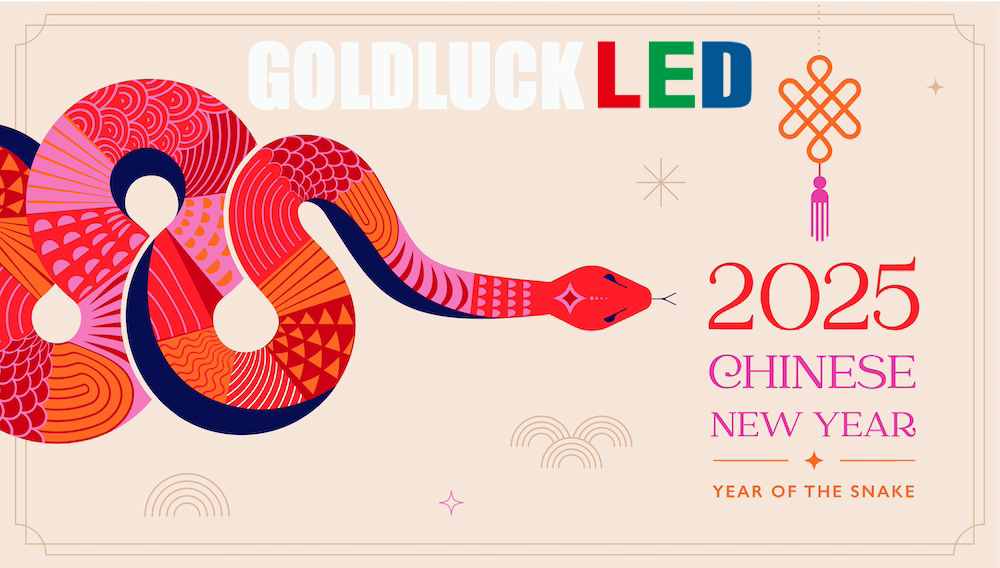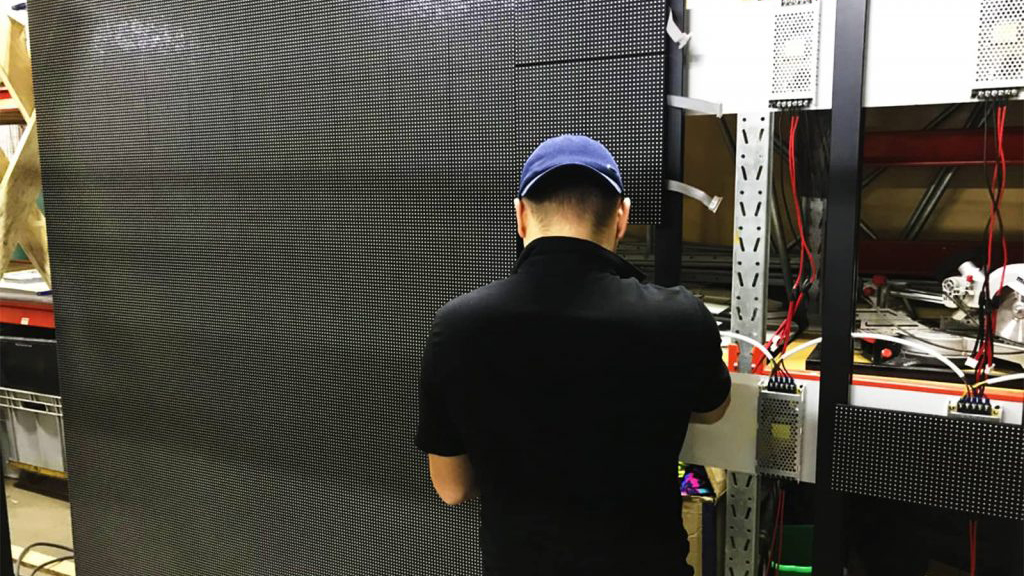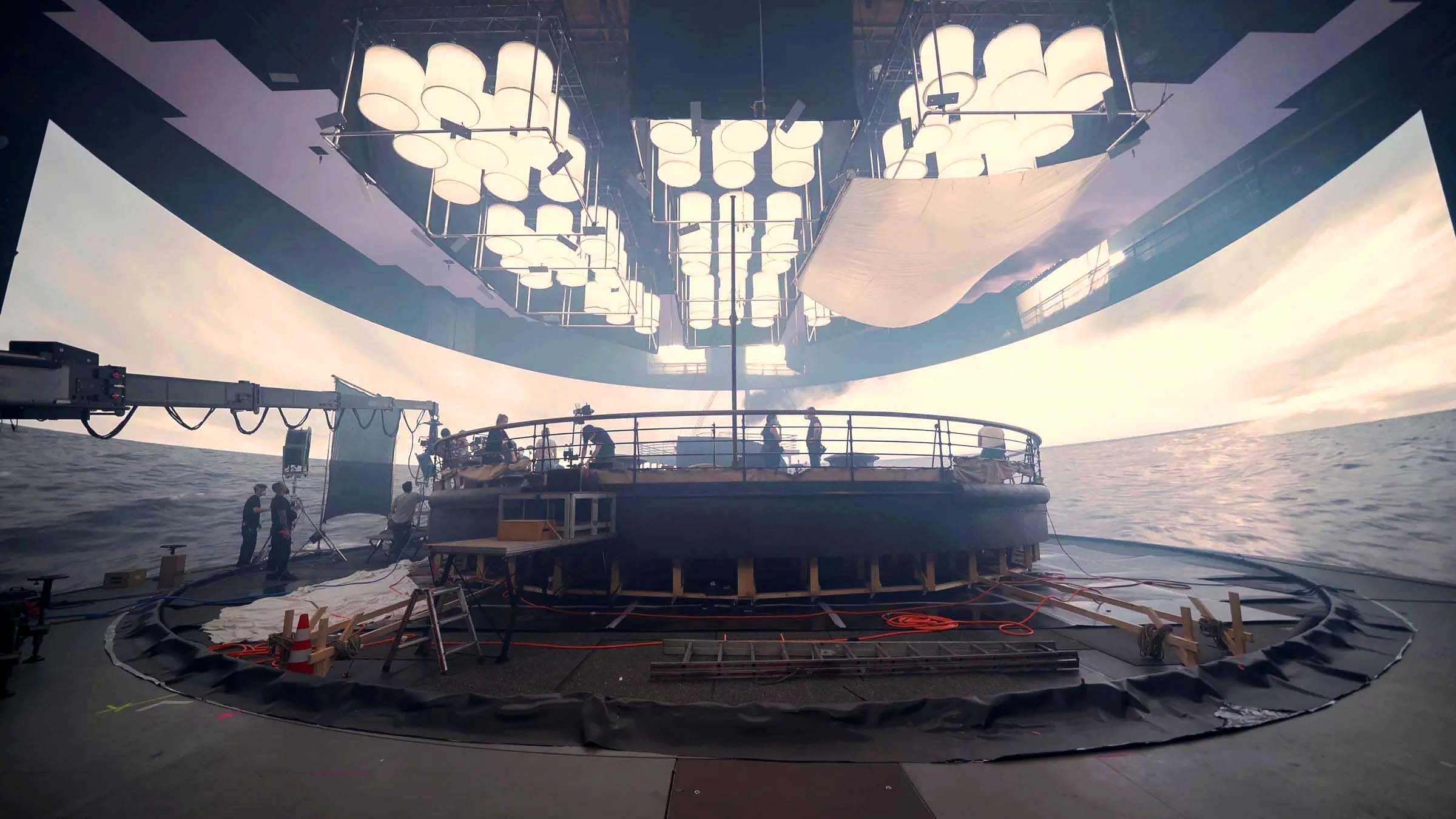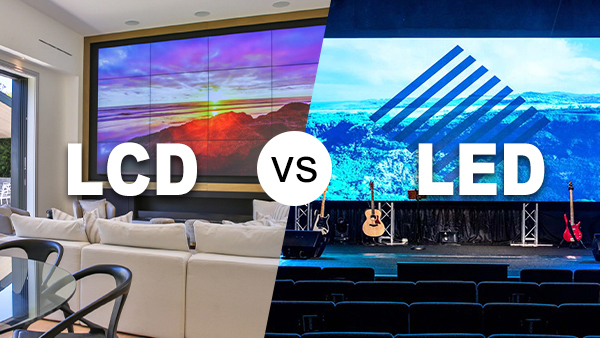Full-color LED displays are a cornerstone of modern digital communication, used in everything from advertising billboards to stage backdrops and stadium screens. These displays are known for their vibrant colors, high brightness, and ability to capture attention. However, achieving optimal clarity is crucial for their effectiveness. Whether you’re using a full-color LED display for indoor or outdoor purposes, ensuring the content is sharp and clear is essential for delivering the intended message. This guide will explore key techniques and considerations for improving the clarity of full-color LED displays.
1. Optimizing Pixel Pitch for Enhanced Sharpness
Pixel pitch, which refers to the distance between two adjacent pixels on an LED display, plays a critical role in determining clarity. The smaller the pixel pitch, the more densely packed the pixels, and the sharper the image. To enhance the clarity of full-color LED displays, consider the following pixel pitch recommendations:
- Close viewing distances: If the audience is viewing the screen from a short distance (e.g., within 2 to 5 meters), a pixel pitch of 1.5mm to 2.5mm is ideal. This provides a high level of detail and reduces pixelation.
- Medium viewing distances: For audiences seated 5 to 10 meters away, a pixel pitch between 2.5mm and 5mm strikes a balance between clarity and cost-efficiency.
- Long viewing distances: For large outdoor displays where the audience views the screen from over 10 meters away, a pixel pitch of 5mm or more is appropriate, as finer pixel details become unnecessary at such distances.
Choosing the right pixel pitch based on your viewing distance is crucial for clarity. A mismatch can lead to pixelation (if the pitch is too wide for close viewing) or wasted resolution (if the pitch is too fine for long distances).
2. Improving Contrast Ratio for Clear Visuals
Contrast ratio is the difference between the brightest whites and the darkest blacks a display can produce. A higher contrast ratio improves the visual sharpness of an LED display by making colors more vibrant and text more legible. Here are ways to enhance contrast on full-color LED displays:
- High-quality LEDs: Use LEDs that are designed to offer deeper blacks and brighter whites. Modern LED technologies, like SMD (Surface-Mounted Device) and COB (Chip-On-Board), offer superior contrast ratios.
- Surface treatment: Consider using screens with a matte finish to reduce glare from ambient light, which can wash out colors and reduce contrast.
- Dynamic contrast adjustment: Many LED displays offer automatic contrast adjustment depending on the content being displayed. This dynamic feature ensures that the display always delivers optimal brightness and contrast in varying lighting conditions.
Improving the contrast ratio helps enhance the depth and clarity of the images, making the display content more visually appealing and easier to understand, especially in bright environments.
3. Maintaining Proper Brightness Levels
Brightness plays a pivotal role in the clarity of full-color LED displays, especially in brightly lit environments or outdoor settings. However, it is essential to find a balance; excessive brightness can cause discomfort to viewers and reduce visibility, while insufficient brightness may result in dull images that are difficult to see.
Here are some tips for optimizing brightness:
- Match brightness to ambient light: For outdoor LED displays or rooms with abundant natural light, you may need a screen brightness of 5000 to 8000 nits. Indoor displays typically perform well with 800 to 1500 nits, depending on the ambient lighting.
- Automatic brightness control: Many modern LED displays feature brightness sensors that automatically adjust the display’s brightness based on surrounding lighting conditions. This ensures the screen is always easily visible without overwhelming the viewers.
- Regular calibration: Over time, LED displays can suffer from brightness degradation. Regular calibration ensures that brightness remains consistent across the entire display, which helps to maintain clarity.
Optimizing brightness improves the visibility of the content, allowing the audience to focus on the message without distraction or discomfort.
4. Ensuring Accurate Color Calibration
Color accuracy is vital for achieving clear, true-to-life visuals on full-color LED displays. Incorrect color balance or calibration can lead to washed-out images, unnatural hues, or color banding. To improve clarity through better color performance, follow these guidelines:
- Factory and on-site calibration: Choose displays that come factory-calibrated for color accuracy. Additionally, you may need to perform on-site calibration to adjust the display to the specific lighting conditions and content types used in your environment.
- Uniformity correction: Full-color LED displays should provide uniform color across the entire screen. Non-uniformity can create distracting patches where colors appear more or less saturated. Using calibration tools or software, ensure that all parts of the screen show consistent color and brightness levels.
- Color depth and gray levels: A display that supports a higher color depth (such as 10-bit or higher) can display more shades of each color, which enhances the smoothness of gradients and improves clarity, especially in content with subtle color transitions.
Regular color calibration ensures that the display produces vibrant, accurate colors, leading to sharper, more visually engaging content.
5. Maximizing Refresh Rate for Smooth Performance
The refresh rate of an LED display refers to how many times per second the image is updated, typically measured in Hertz (Hz). A low refresh rate can result in visible flickering, which not only impacts clarity but can also cause eye strain and discomfort. To improve clarity, consider the following:
- Use displays with at least 1000 Hz refresh rate: For full-color LED displays, a refresh rate of 1000 Hz or higher is essential, especially for video content or events with fast-moving visuals. Higher refresh rates (e.g., 3000 Hz or more) offer even smoother performance, especially for live broadcasts or events being recorded on camera.
- Motion interpolation: Some LED displays use motion interpolation technology to create smoother transitions between frames, enhancing the clarity of fast-moving content.
A high refresh rate ensures smooth, flicker-free visuals, which improves the overall clarity and viewer experience.
6. Reducing Viewing Distance to Improve Perception
In many cases, the clarity of an LED display can be influenced by the viewing distance. If the audience is too far from the screen, even the highest resolution display may appear blurry. Here are some strategies to optimize viewing distance:
- Place the display closer to the audience: If the venue allows, reducing the distance between the audience and the display can significantly improve clarity. For example, bringing a screen closer in a conference hall or exhibit space can make text and fine details more legible.
- Increase screen size: If it’s not possible to move the display closer, consider increasing the screen size to ensure that content is easily readable from a distance.
By optimizing viewing distance, you can ensure that the audience perceives the visuals with maximum clarity.
7. Choosing High-Quality Content
The quality of the content being displayed directly affects clarity. Even the most advanced LED display will produce poor results if the content is of low resolution or poorly designed. Consider the following content-related factors:
- High-resolution content: Ensure that images, videos, and presentations are created in the native resolution of the display to prevent scaling artifacts.
- Optimal contrast in design: When creating content, ensure that there is sufficient contrast between text and background elements to enhance readability.
- Text size and font choice: For clear text visibility, choose bold, easily readable fonts and ensure that the text size is appropriate for the viewing distance.
The quality of your content is just as important as the display’s technical specifications when it comes to delivering a clear and engaging experience.
Conclusion
Improving the clarity of full-color LED displays requires attention to a combination of factors, including pixel pitch, contrast ratio, brightness, color calibration, refresh rate, viewing distance, and content quality. By optimizing these aspects, you can maximize the sharpness, vibrancy, and overall visual appeal of your LED display, ensuring that your message is delivered clearly and effectively. Whether for advertising, entertainment, or informational purposes, a clear and vibrant LED display is key to capturing and retaining audience attention.





